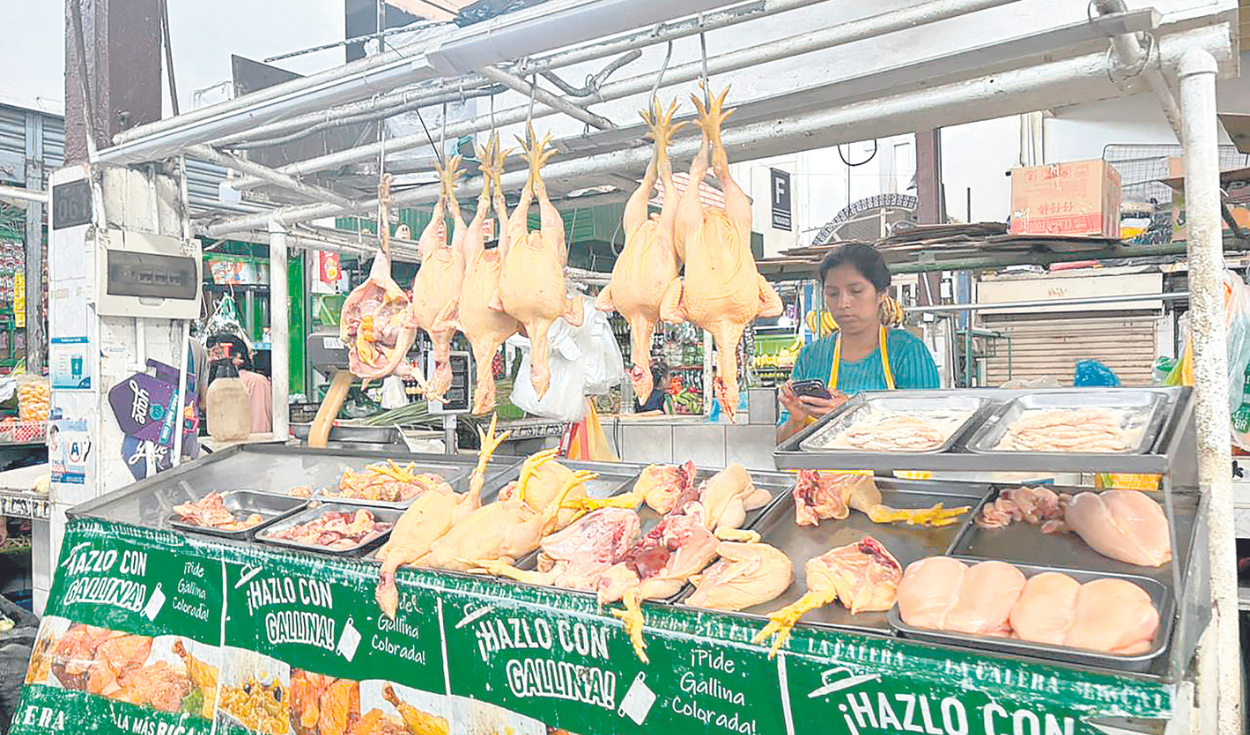
In February of this year, inflation went from 3.03% to 3.3% and, to everyone’s surprise, it moved away from the upper limit of the target range – set between 1% and 3% by the Central Reserve Bank of Peru (BCRP)—.
From the issuing entity they assure that the rebound in the Consumer Price Index (CPI) in the second month was “transitory” and responds to the increase in the cost of foods such as chicken, eggs, fish and rates for drinking water services.
Adrián Armas, central manager of Economic Studies of the BCRPassured that, In relative terms, inflation in Peru is low compared to other countries in the region – in Colombia, for example, the inflation rate is 7.7% and in Chile and Brazil, 4.5%.
“Inflation is expected to converge to the target range in the coming months. It could be March or it could be April, calmly,” she told the press during the last presentation of the Monetary Program.
The numbers speak
Food and beverage inflation — which doubled the general CPI rate in the middle of 2023 (approximately up to 11%) — closed February at 4.4% and has taken time to correct, according to Armas, due to the specific impact of the climatic factors: The heat affects chicken production, as well as the regulatory issue behind the increase in water rates.
However, at the end of the first week of March, the retail prices of some key components of the basic basket remain high.
In the case of eggs, the kilo is at S/9.07, when two months ago it was at S/7.15. While the kilogram of chicken went from S/10.09 in January to S/12.17, and fish (horse mackerel) from S/8.88 in the first month to S/12.00 at the close of this note.
Get out of the negative section
After the 0.6% drop in Peruvian GDP in 2023—its worst result since 1992, not counting the pandemic—the BCRP expects that in the first quarter the streak of four consecutive negative quarters is broken.
The minor inflation and recovery of average income in the private sector in real terms would point to a recovering market (…) All indicators point to positive growth in January and February. Probably since January,” Armas clarified.
The issuing entity projects a rate of 0.7% of the economy from January to March.
Why wasn’t the interest rate reduced?
The Directory of BCRP agreed to maintain the reference interest rate at 6.25% for March and at the same time reduced the reserve requirement in national currency to 5.50% since April.
According to Armas, it is ruled out orn scenario of lack of liquidity and that each reduction in the rate seen above should not be interpreted as a cycle of successive reductions.
He added that inflation “so high that we have had not long ago” calls for the BCRP continue acting “with a cautious eye”, and that is why they opted for a pause in the reduction of the reference rate.
The data
Preamble. According to the INEI, in January, mining and hydrocarbon production grew 3.96%; the electricity subsector, 3.85%, and 4.59% in the first two months; and internal cement consumption, 9.25% in the first month.
Source: Larepublica
Alia is a professional author and journalist, working at 247 news agency. She writes on various topics from economy news to general interest pieces, providing readers with relevant and informative content. With years of experience, she brings a unique perspective and in-depth analysis to her work.












